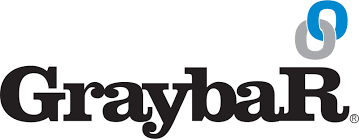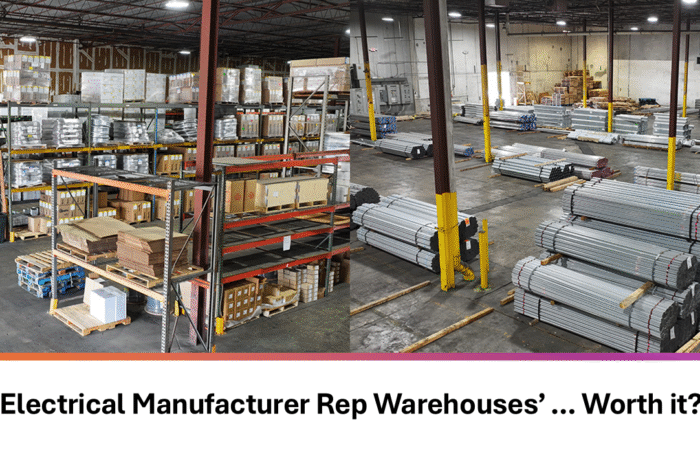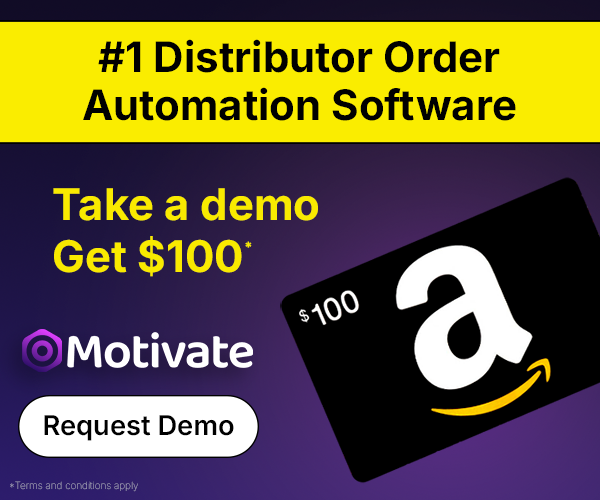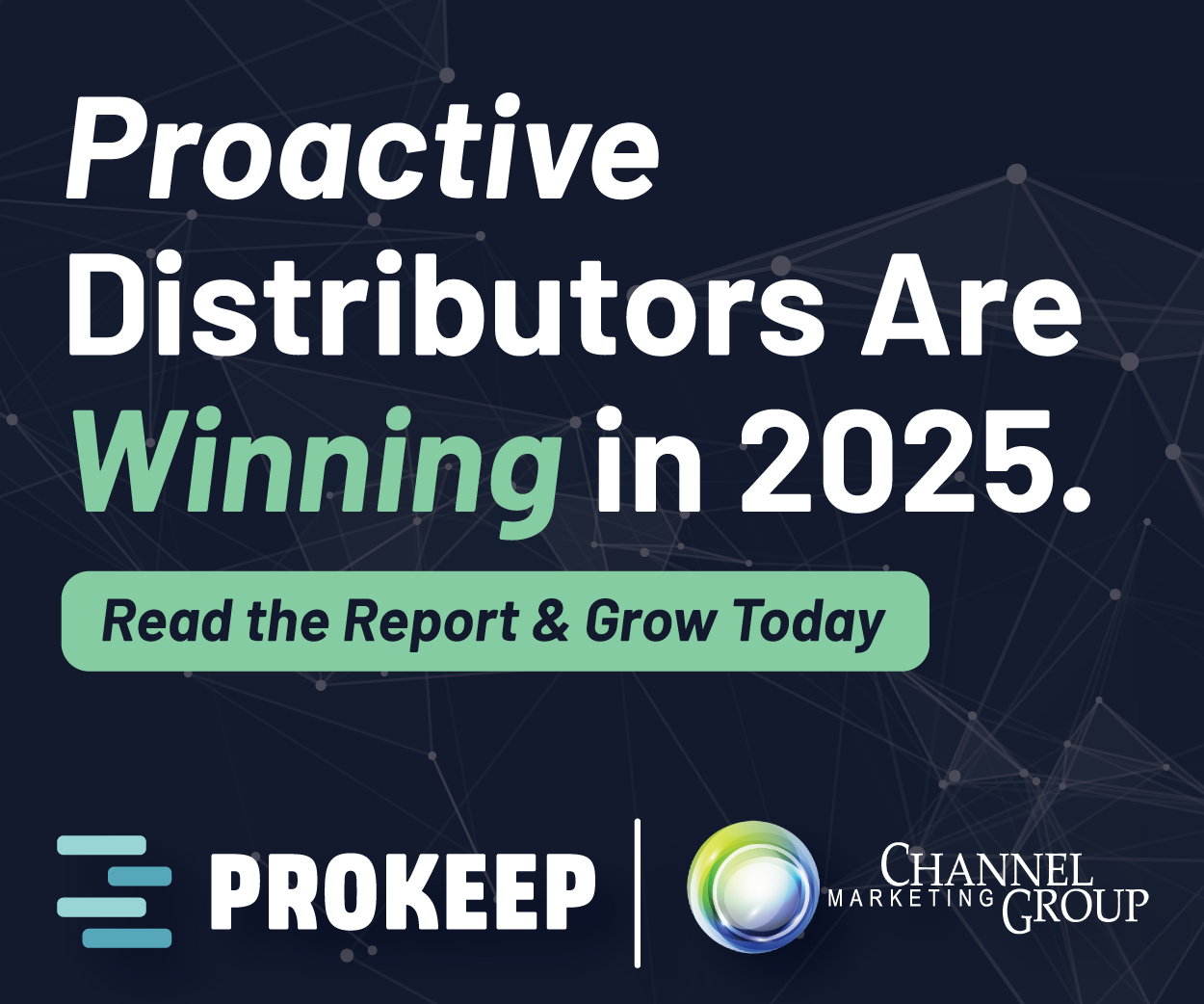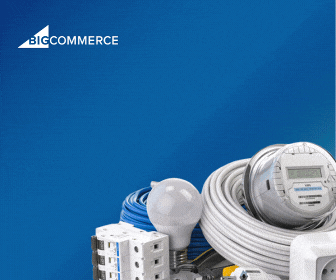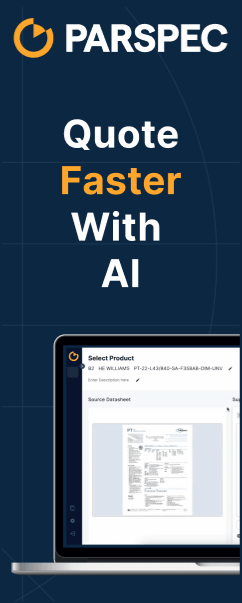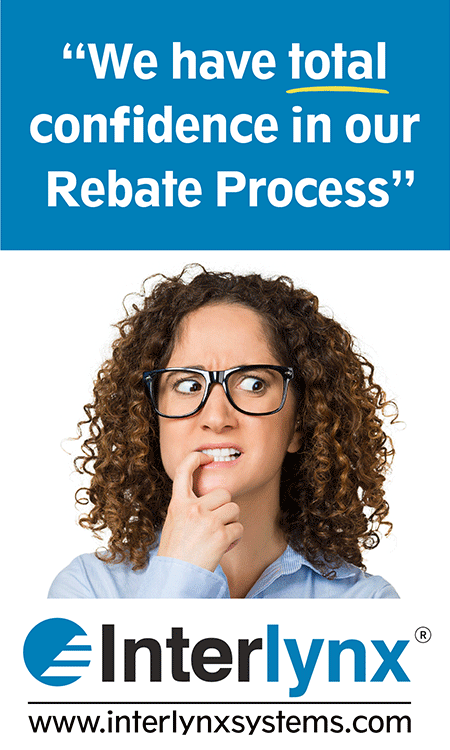Converting Tariffs to a Competitive Advantage
 Distributors, one thing is certain this year, in a year of uncertainty. Your margins are under attack! The complexity of tariffs ensures that there will be lost margin as well as lost opportunity to improve margin.
Distributors, one thing is certain this year, in a year of uncertainty. Your margins are under attack! The complexity of tariffs ensures that there will be lost margin as well as lost opportunity to improve margin.
Yes, a bold statement, however, I’m confident in the prediction given the complexity, and ongoing changes, involved with tariffs.
Consider:
- Tariffs announced in April with most manufacturers updating pricing and pushing through announcements that took effective everything from “immediately” to 90 days.
- And then tariff rates changed. Did pricing get updated for all of the companies that introduced price increases?
- Country of origin became important; however, some companies have since changed country of origin for some of their products. Was this communicated to you? Did it affect the tariff rate, and hence pricing, for those SKUs?
- And with the number of updates (some companies shared that they had over 200 lines that needed updating), are you “current”? Have you need able to keep up? And who has received waivers on selected SKUs or has had SKUs change under the HTS (Harmonized Tariff Schedule)?
While every company endeavors for perfection, and manufacturer personnel seek to treat distribution fairly, the reality is that there is much in motion, and these are areas that most have never had to think about … and this is solely on the price maintenance and then purchasing front. When it comes to sales and “passing on” increases, another can of worms is opened!
Scott Sinning, formerly VP of Pricing Strategy for Graybar, shares some thoughts on capturing price increases to ensure “quality” pricing information is in your system so that you can then make margin decisions. In talking to Scott, he felt distributors should only control the “knowns” and said “Things may get trickier in the second half to manage this, so a practical and tactical approach is what distributors need to protect themselves.”
How to Manage Tariffs as a Competitive Advantage
Tariffs can be a competitive advantage for distributors if there is a tight process for supplier cost change management
There’s a lot of noise in the headlines about the complexity and uncertainty for distributors due to tariffs. While this is true, one thing is certain – tariffs become real the moment you receive a notification of a cost increase from your supplier. Time is money to take actions that protect your profits. That’s the focus of this article.
The Challenge
The challenge for distributors is that this function is often buried in the back-office org chart and disconnected from the sales team and customers. It’s traditionally siloed, administrative, and manual. There are many knowledgeable and dedicated people doing this work but rarely are they recognized or have enough resources. Out of sight, out of mind with limited visibility to the CEO and executives.
Many assume cost-plus pricing automatically protects margins, but execution gaps in your process create profit leaks. Think about the perfect case where every tariff cost increase is passed through to sell price efficiently, on-time, and in a way that is aligned with company sales strategy. You may have a process that aspires to achieve this but, with quickly changing tariff policy, it deserves to be on every executive’s radar. Invest in the effort to document the process, streamline, and automate where possible, and shift the focus from a tactical siloed process to a strategic end-to-end margin defense plan.
The Big Decision
At the executive level, there is one big strategic decision for tariff-related supplier cost increases:
Are you going to pass them through (to who), absorb some of it to protect or grow relationships (how much and for how long), or some combination?
The Supplier Cost Change Process
Whatever decision you make, the question is how to execute to get results. The answer is to understand how it’s working for you and to take control of what you can to make it fast and efficient. Here are 6 steps that touch selling price, cost of goods sold, and gross margin.
- Receipt of Supplier Cost Change Notice
- Ideally, you’re talking with large strategic suppliers regularly to understand their plans before a formal announcement is made.
- Make sure suppliers are sending written notice ahead of the effective date according to the Distributor Agreement (DA) or a reasonable commercial timeline. (Note, some manufacturers give 30 days, others may give up to 90. For those that are AD members, AD tries to negotiate this with manufacturers so distributors should contact AD, or check in their portal, to identify the amount of advance notice that has been agreed upon.)
- Make sure notices are going to the right people. Ideally to a shared email used by the Cost or Purchasing team, plus appropriate Sales leaders. Don’t leave it to chance.
- Is the cost change file sent via EDI or manual?
- Keep a running list of supplier cost changes as a reference for the sales team. Add to your CRM or other communication method to keep everyone informed.
- Analysis and Cleanup
- Have you ever read one of your supplier cost change announcements? There isn’t an “easy” button to translate it into new system costs.
- Do you have the right people doing this work?
- Is the team properly staffed with the necessary tools?
- Manufacturers often announce a blended rate change but then detail variations by product categories or SKUs. It takes knowledge and attention to details to do it right.
- Are SPAs impacted?
- Orders in process?
- Load cost change to ERP on-time to match effective date
-
- Decide how to map into ERP to match supplier files/material master data
- Manual or automated file upload?
- Do a reality check to confirm if you’re current or behind on this workload and take measures to shore up the team to improve efficiency and reduce burnout
- Sales Management decisions
-
- How to communicate cost changes to your Sales team
- This depends on platforms used – CRM, email, sales huddles, other
- Ideally sales reps should be informed of major impacts coming based on what they sell a lot of, so they can communicate on to customers
- Can feel overwhelming – but translate it to take the right actions
- How to communicate to customers
- Don’t leave it up to every sales rep to come up with their own message. Give them simple guidance on the facts and your company’s approach
- Consider giving your sales team “air cover” via a public message from a senior executive about tariff impact on pricing
- Not having a plan will lose money and erode confidence
- Make decisions about exceptions to hold old prices, allow delays, and how to pass through new prices across customer segments
- Negotiate with suppliers as needed on open quotes, orders in process and discuss impact on mutual strategic customer relationships
- How to communicate cost changes to your Sales team
- Pricing Strategy Execution
-
- Provide necessary data analysis to decision makers
- Apply price changes in ERP for new system sell prices
- Execute on the “what, how, who, and when” decisions
- Manage price impacts to SPA costs and adjust pricing as needed
- Review contractual net sell prices that are fixed regardless of cost (CSPs)
- Escalate issues to appropriate management for resolution
- Customer Price Acceptance
-
- Ideally this happens on the effective date of the cost change
- Refresh training on your value proposition and price negotiation for your sellers
- Measure and manage before and after GM% on top strategic suppliers
Process flow for supplier price change management
This illustrates the process from start to finish. The goal is to reduce the time lapse between higher costs and customer price acceptance. Any lag is inherently a margin leak and should be measured and managed proactively.

Next Steps
If these points resonate with you, are you ready to make this a strategic priority? With a little effort and investment, you can elevate the process with your current staff or put a pro in your corner who has done it before. Create your own operational checklist to tighten up what you can control and become confident in your process.
When the dust settles, there will be winners and losers among distributors due to tariffs. By taking action to strengthen and streamline your supplier cost change process with the right people, tools, and game plan, you can turn it into a competitive advantage for profitable growth.
Scott Sinning is former VP of Pricing Strategy at Graybar with a career of experience in wholesale distribution. He now runs Pricing for Distributors and consults, speaks, and writes about how distributors can grow margin faster, including creating tariff defense playbooks. To learn more visit www.pricingfordistributors.com, or email scott@pricingfordistributors.com.
Thoughts
Prior to 2024 (the election), most of us never thought about tariffs. Whether you agree or disagree with them, they are currently here (and the recent court decisions guarantee that the question goes to the Supreme Court and even then, it could go to Congress). Further, actions after August 1st have shown that they could seemingly change on a whim for a specific country. The bottom line, you need to be agile because we can only react to changes coming from DC.
Scott outlines a process. If you are a CEO, this is critical to maintaining profitability.
Further, ongoing diligence is key, especially as it ties to country of origin with some manufacturers. If they change, what should it change for you (and sometimes you may need to negotiate this as “the quiet one will be inadvertently taken advantage of.” This may be a case of “no ask, no get.”
And there is only so much that can be done on the cost side. Then it comes down to the sell side. What to pass through?
Most distributors try to pass through all of an increase. Some contracts, perhaps some SPAs, may inhibit this, however, if you don’t try, you don’t get. Further, in speaking with some home builders recently about this, and it can be extrapolated to other customers, they view a request for a price increase as an opportunity to negotiate. They are willing to change brands, perhaps change SKUs, and in some cases, change distributors. The key is considering your message, your value proposition, and your sales tools before talking to customers. Should they be on a SPA? Are their alternatives? Do you “slowly” increase? Do you look at product mix? Are you strategic?
The only way that tariffs do not increase inflation is if someone, or everyone, or multiple, people in the channel absorb some of the increase. You may decide to do some, for some customers, but, as Scott shows, the key is first managing your costs (and negotiate yourself!)
With margins under attack, fight back!




